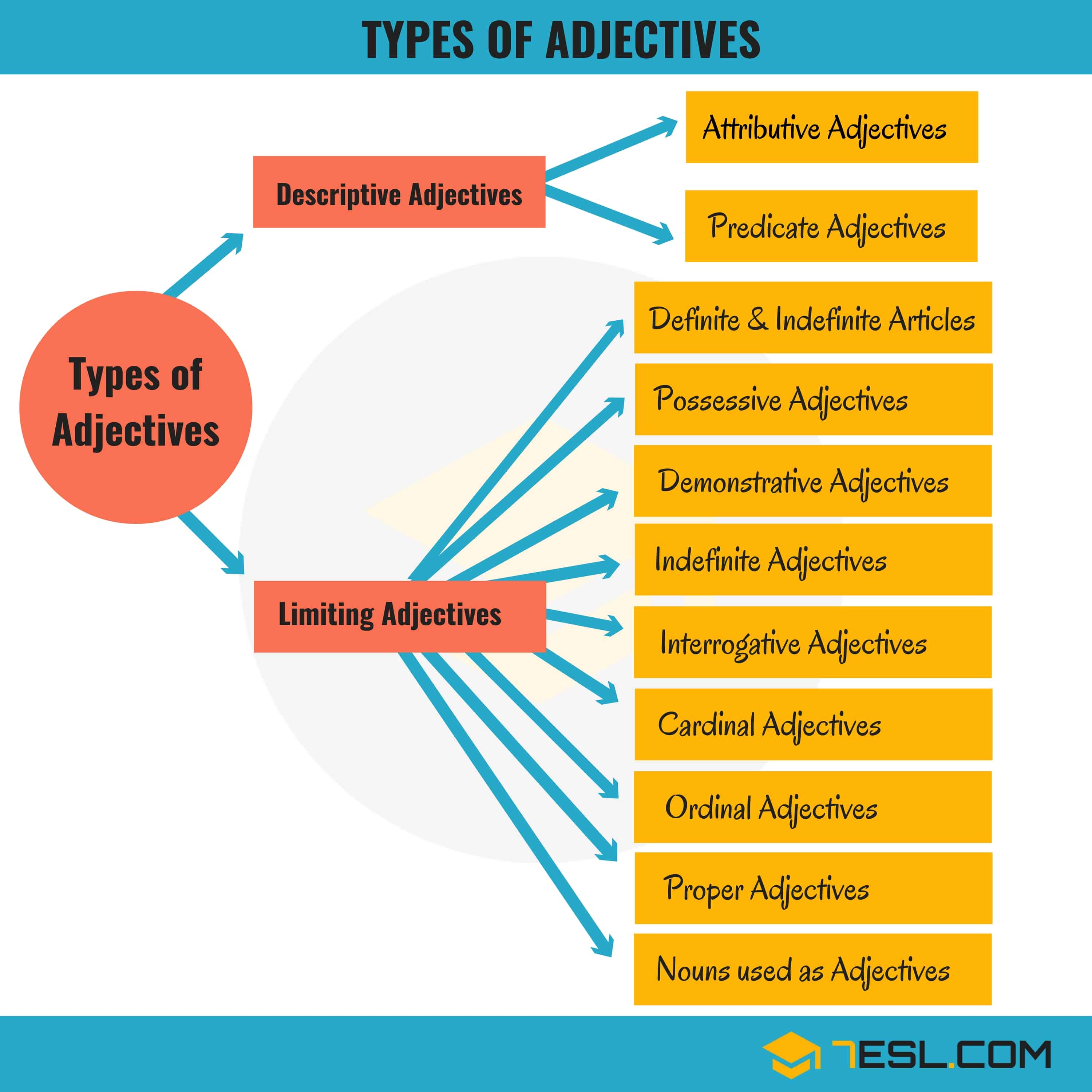Te Form Of Adjectives
Te Form Of Adjectives - Web the te form of a japanese verb is the form which ends in te or de. We’ll get to that in a moment. This works for all types of verbs (group 1, 2, and irregular verbs) take the simple past of a verb and change the た to て (or だ to で) 食 た べ た. The てform of an いadjective is formed by substituting くて for the final い. Te form to make a smooth connection. We will learn about enduring states with the 「~ている」 and 「~てある」 form. We’ll take a look at verbs first. The te form is used in forms like te iru ( 〜ている ), be doing and te shimau ( 〜てしまう) finished doing. We will now go over how one would say, for example, “i am. Web the te form in japanese is also a great way to join ideas in a sentence and connect verb sentences.
Web when there are 2 adjective sentences, how to join them together into one sentence? Using the te form verb can really level up your japanese by transitioning you from speaking in short, stilted sentences into speaking in longer narratives. Te form to make a smooth connection. It is characterized by the ending て (te) or で (de). For ru (る) verbs, they’re pretty simple. This works for all types of verbs (group 1, 2, and irregular verbs) take the simple past of a verb and change the た to て (or だ to で) 食 た べ た. The てform of an いadjective is formed by substituting くて for the final い.
You first remove the ending ru (る) and then add te (て). Both verbs and adjectives have te forms. For the every inflection/tense, you replace the い with くて. We’ll take a look at verbs first. The te form is used in forms like te iru ( 〜ている ), be doing and te shimau ( 〜てしまう) finished doing.
The review includes notes from today's japane. Basically, it is known as the ‘te’ form because you change the verbs to end with the japanese ‘te’ (て) or ‘nde’ (んで). Te form to make a chronological order. The lexical category of adjectives is proposed to be universal, but its realization varies across languages. Just like using the てform to join to verbs, it can also be used to combine adjectives and nouns. The てform of a なadjective and a noun+です is formed by adding で to the base or the noun.
What can be particularly confusing about this form is that there are many different uses and conjugation rules. 2 overview of adjectives in lubukusu. Web the te form is required for learning japanese to make verbs and adjectives easier to comprehend. Both verbs and adjectives have te forms. It may seem daunting, but it’s simple!
This works for all types of verbs (group 1, 2, and irregular verbs) take the simple past of a verb and change the た to て (or だ to で) 食 た べ た. An auxiliary て (or te form) is used to describe the relationship between two phrases before and after *. 2 overview of adjectives in lubukusu. It’s used for connecting different phrases and adjectives, showing a series of actions, and making requests.
Web The Te Form (て) Can Be Applied To Both Verbs And Adjectives.
The te form has a different format for different types of words. Te form to make a chronological order. It may seem daunting, but it’s simple! Conjugating to the affirmative te form is very easy once you know the standard simple past tense for each verb.
Te Form To Make A Smooth Connection.
Both verbs and adjectives have te forms. Web the te form of a japanese verb is the form which ends in te or de. For example, the te form of miru ( 見る ), see, is mite ( 見て ), and the te form of yomu ( 読む ), read, is yonde ( 読んで ). Web the te form is required for learning japanese to make verbs and adjectives easier to comprehend.
1.This Refers To The Sequence Of Events That Occurred Before.
The lexical category of adjectives is proposed to be universal, but its realization varies across languages. Web when there are 2 adjective sentences, how to join them together into one sentence? It is characterized by the ending て (te) or で (de). The te (て) form of the copula だ is で (de).
Using The Te Form Verb Can Really Level Up Your Japanese By Transitioning You From Speaking In Short, Stilted Sentences Into Speaking In Longer Narratives.
Te form for the copula だ. This works for all types of verbs (group 1, 2, and irregular verbs) take the simple past of a verb and change the た to て (or だ to で) 食 た べ た. How to make a chronological order. You first remove the ending ru (る) and then add te (て).
![Japanese [73] [GENKI L7] Adjective /Noun TE form (くて/で) How to](https://i2.wp.com/i.ytimg.com/vi/SKaZSSzGmXc/maxresdefault.jpg)






